Why use film all of a sudden? In a world filled with digital distractions, it’s nice to get away from it all and do something completely analogue occasionally. It doesn’t come any more analogue than using a mechanical camera with no electronics and shooting film. Doing so will almost certainly sharpen your photographic skills. You’ll have to work out your exposure and do everything manually so there’s plenty in which to immerse yourself.
No light meter, no worries
My camera has no light meter, so when I bought it a few years ago, I quickly learned to use the ‘Sunny-16’ rule to work out my base exposure. I can then compensate for light source or desired aperture to suit the shot. As a backup, I use an old Sekonic light meter which I’ve had since my studio days.
If you don’t want a light meter
If you don’t want to use a light meter, there are numerous Apps available for smartphones. These work surprisingly well, and I’ve downloaded and had good success with my LIGHTMETER Pro.
You’ll improve your skills more quickly if you work out exposure in your head before checking on a light meter. I’m usually close enough and film is much more forgiving than digital. Sunny-16 is intuitive and gets easier the more you use it. You can also use it when shooting digital if you want to try it out.
So, Film Friday it is… or as it turned out I shot film for a long weekend.
Equipment
Two very old mechanical cameras
There are very few new film cameras available these days, so I dusted off my 1946 Leica iiic and my considerably more modern, 1967 Leica M4. I loaded them both with colour film for a change as I normally shoot black and white. Both cameras are in great condition. Using a mechanical camera can be a lot of fun, it certainly slows you down.
Film choices
The iiic got a roll of Kodak Portra 400. A good choice given that the only lens I have for this camera is a 50mm Elmar f3.4 which is nicely sharp, but not very fast. This lens is collapsible making the camera and lens, brilliantly pocketable. I originally bought this camera as a collector piece. It was cheap and very pretty. It turns out to be a delight to use and in perfect working order. Tom put a roll of HP5 in the camera when I bought it, so I had to test it out. I’m so glad I did, thanks Tom!
The M4 was already loaded with Fujifilm Superia 400 which I was using last time out but I’d only fired off a handful of shots. As is often the case, I’d left the camera with photos that I’d forgotten about. I had absolutely no idea what was already on this film. Note to self… never do that again!
Film Friday – Just do it!
With plenty of remaining shots, that took care of my Friday. Packing the M4 with me everywhere I went, I used up the remaining shots out on my bike, photos of friends, a trip to London, my wife and a few more at my local bike shop.
The thing about Fridays is that I could be anywhere. I’ve heard the term Film Friday many times. Maybe this should be a regular thing? What do you think?
Leica M4 Images – Fuji Superia 400
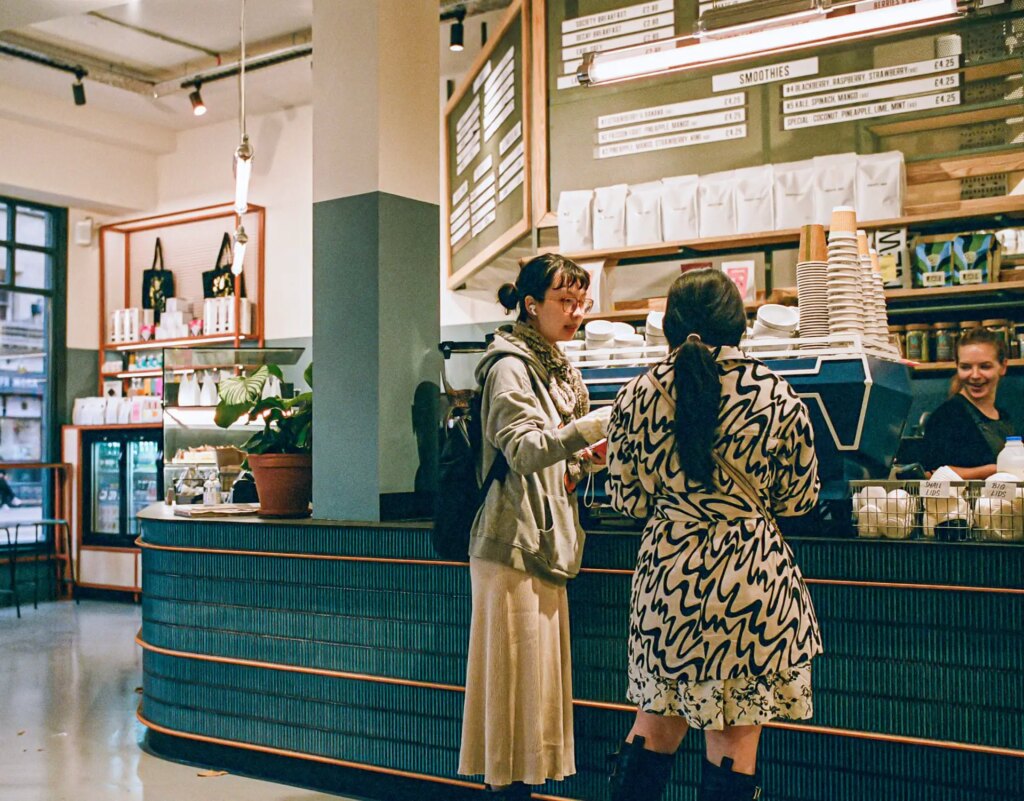
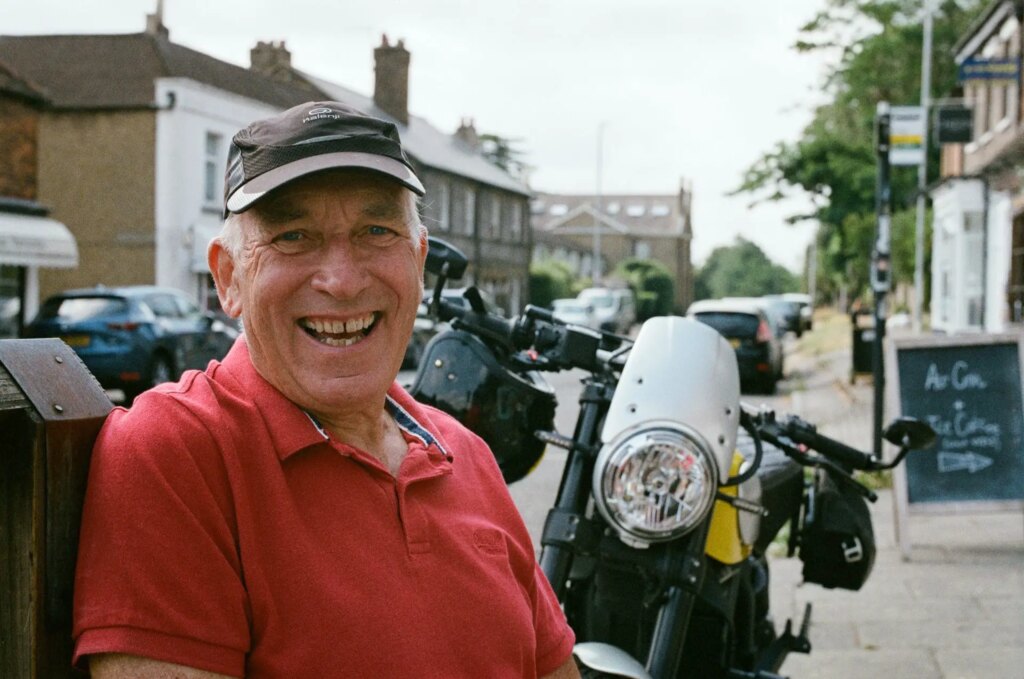
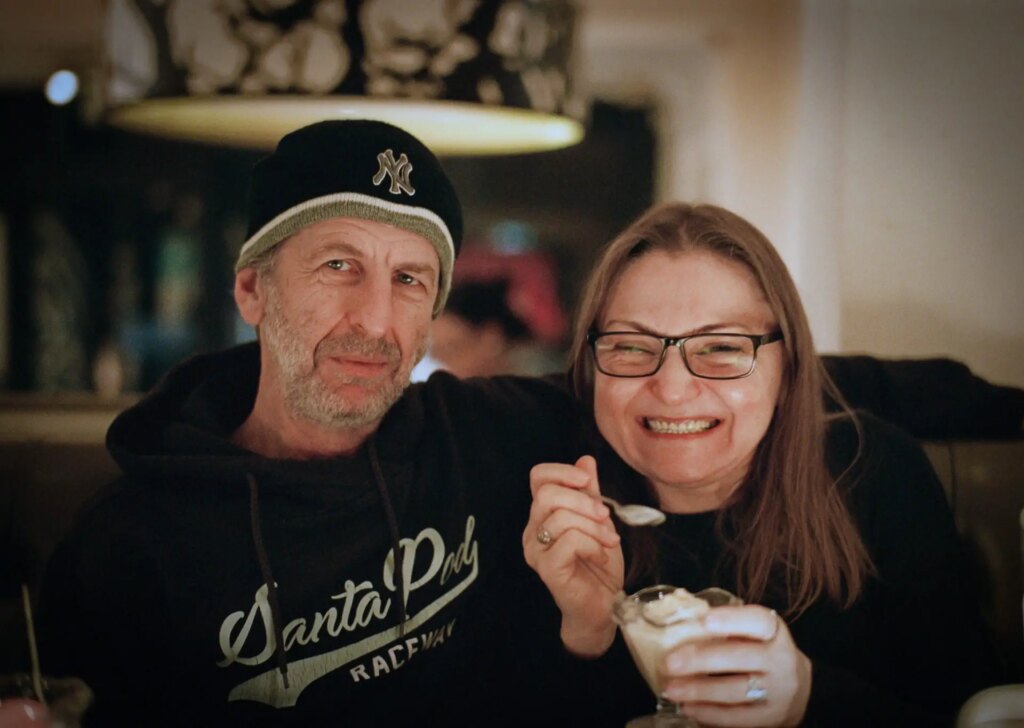
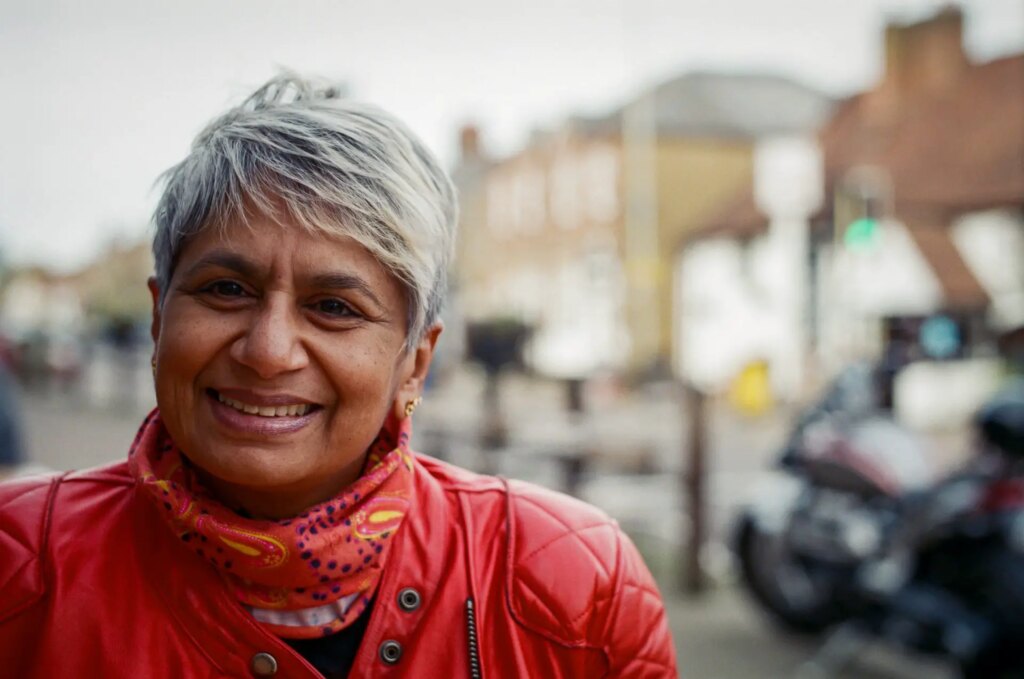
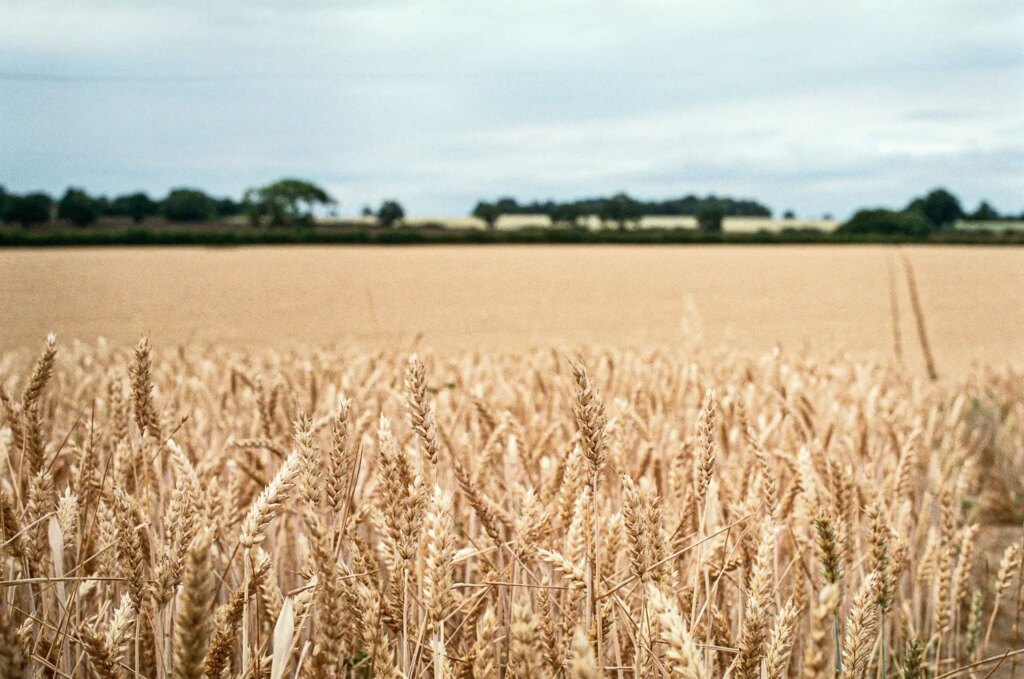
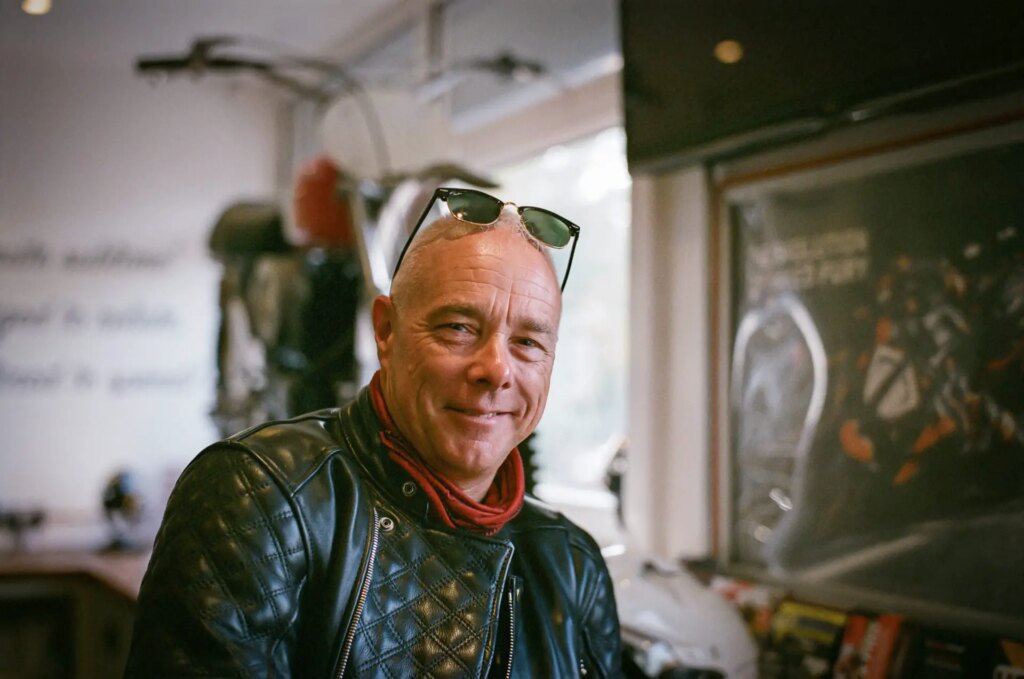
The lenses – A modern twist
The cameras are all very old, but my M4 will take the latest modern M lenses.
Summilux 50mm f1.4
My go-to lens. It’s brilliantly sharp and contrasty with almost 3D rendering wide open.
Summilux 35mm f1.4
Better for a wider view (street shots). It’s the newest version with close focus not that this will be much help when using a mechanical camera with a rangefinder limited to 0.7m but I’ll give it a go.
Noctilux 50mm f0.95
Lastly, the formidable and slightly outrageous 50mm Noctilux M, f0.95. A behemoth of a lens but one of my all-time favourites for turning the most mundane scenes into art. I’m going to need some slower film to use it though as I don’t have a 60mm ND filter. Using some Kodak Ektar 100, I’ve half a chance in low-light or indoors of opening up the Noctilux.
Film Saturday – Bristol never disappoints
Once I’d finished up the Fujifilm Superia on Friday, I loaded the M4 with a roll of Ektar 100 ready for Saturday.
Bristol is great for street photography. The same could possibly be said for any city centre, but I live in Bristol and the people are very friendly and I never get bored taking photos here.
It’s more fun when there’s a group of you
I’ve been thinking to do a film day for a while, so I posted my idea for a film shoot on Facebook and arranged a meet up with a small group of friends. The meeting was in Bristol city centre with the sole intention to shoot film for a day.
I was in good company with Tom, Paul and Steve joining me with some very old and interesting hardware. My 1967 M4 was actually the newest camera in use on the day. Paul was sporting a 1930’s iiia with a Russian turret viewfinder and 3.5cm lens. Tom, a 1950’s iiif in mint condition with a 5cm Elmar 3.5 and a very neat shoe mounted viewfinder which was really bright and very nice to use. Steve seemingly didn’t get the ‘film memo’ and brought his digital M10 and Leica Q which was funny but at least he posed for a few pictures.
The newest camera is 56 years old!
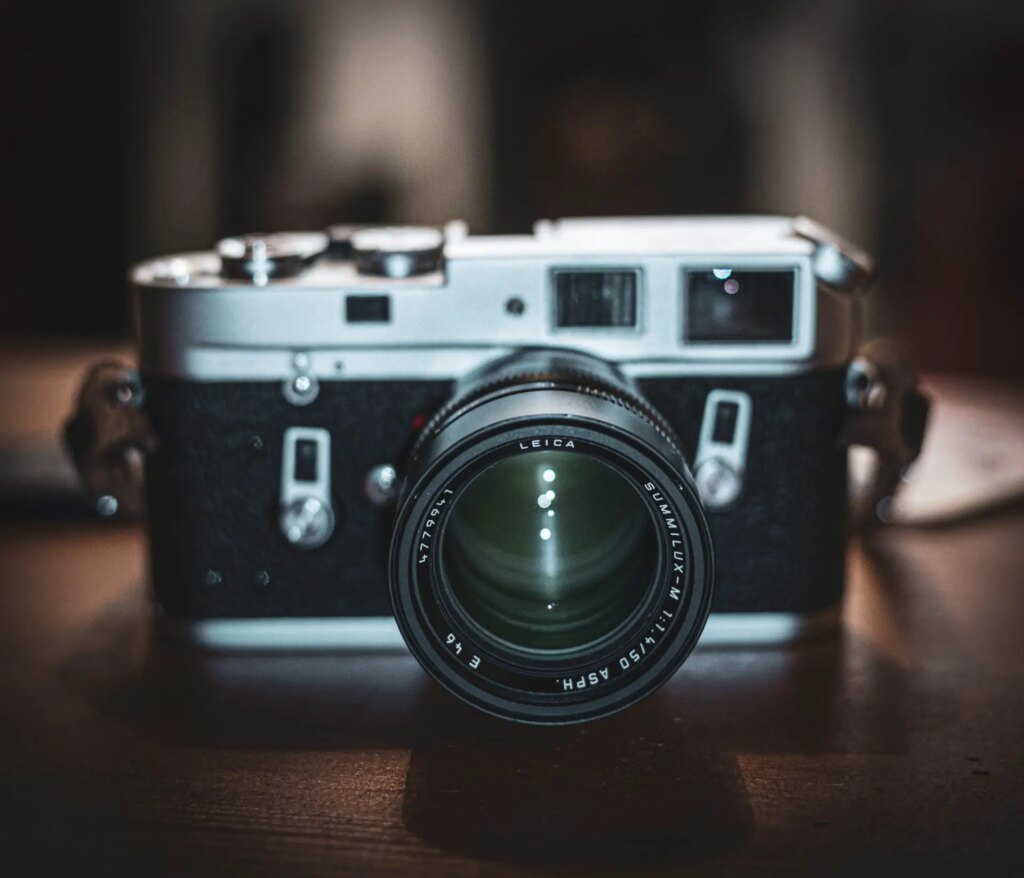
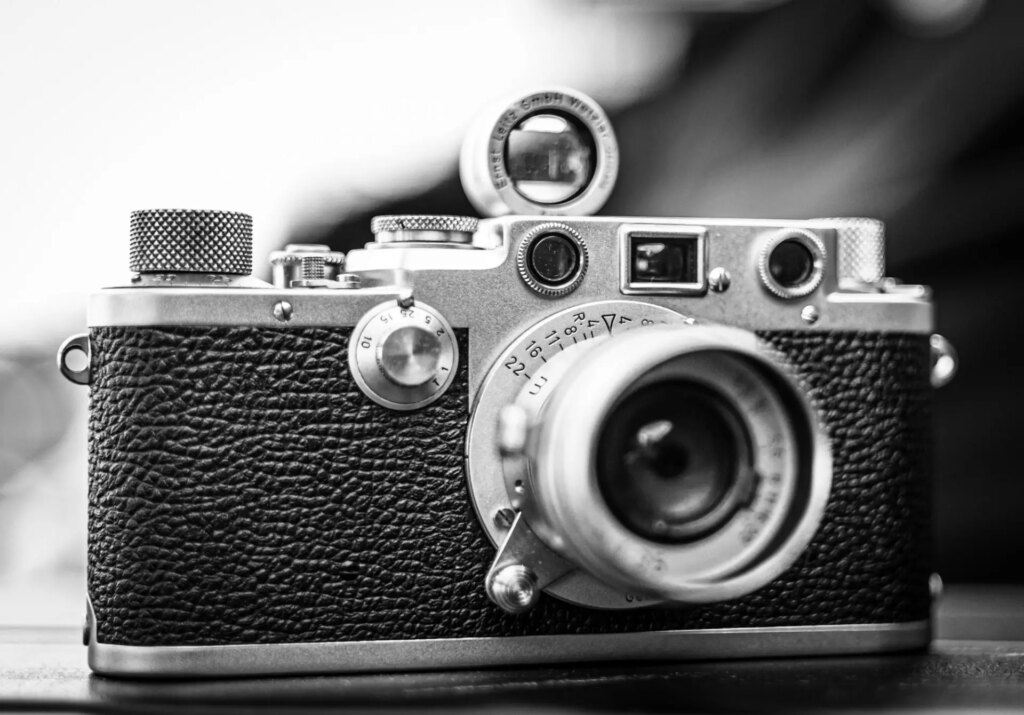
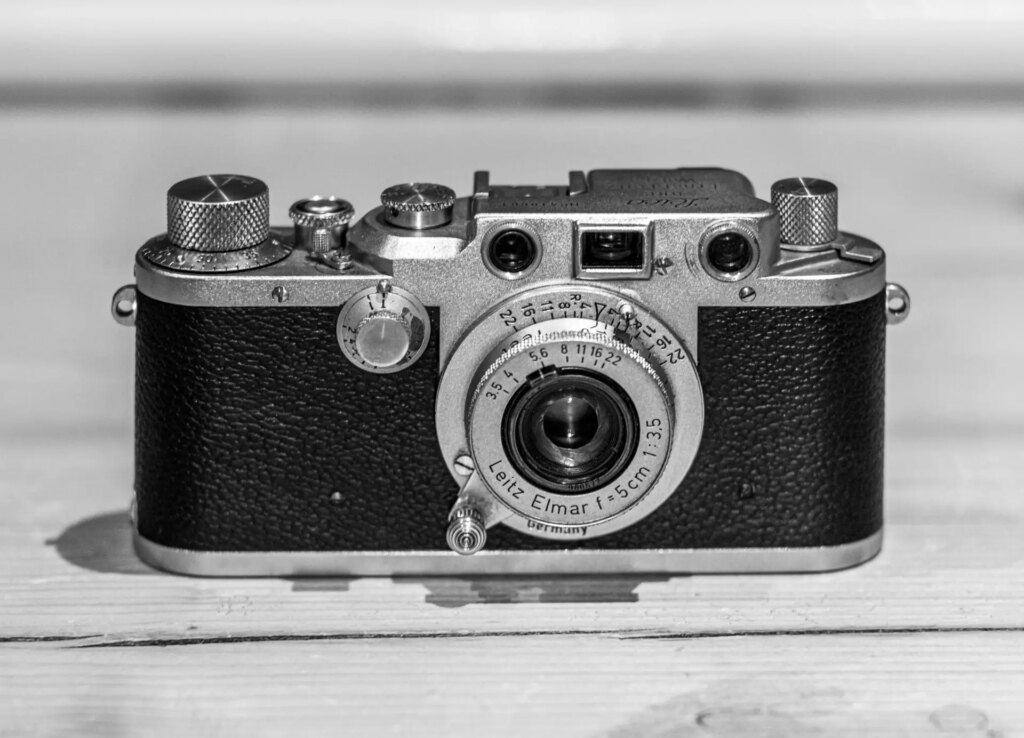
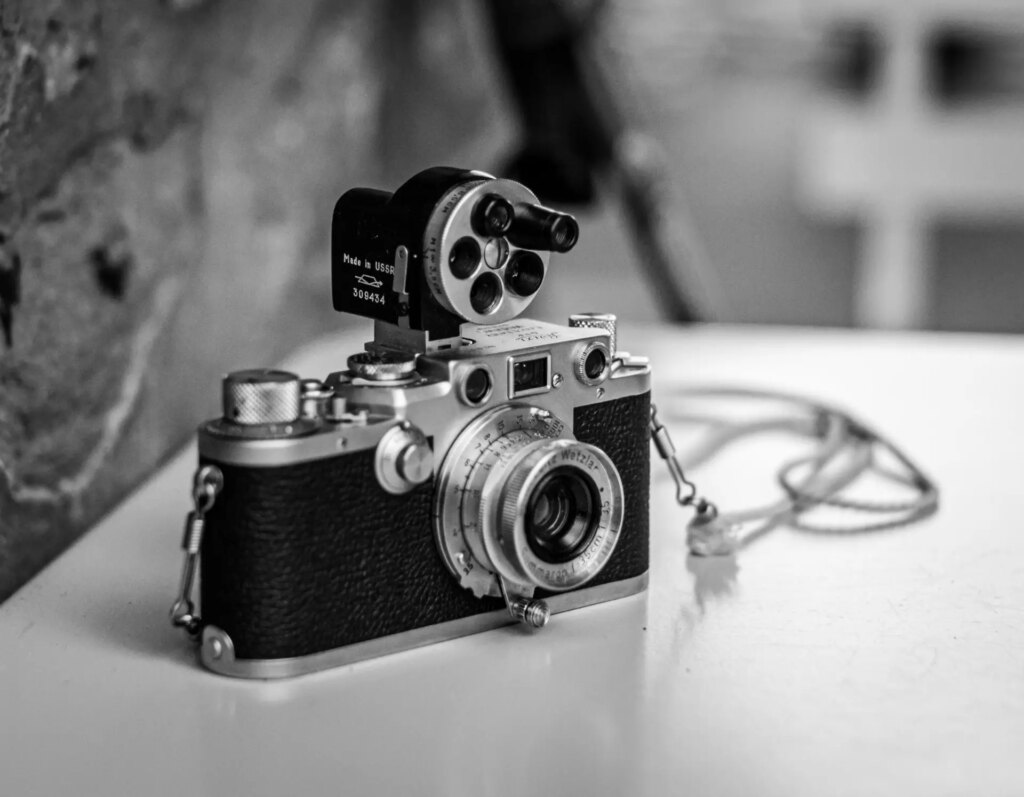
Leica M4 images – Kodak Ektar 100
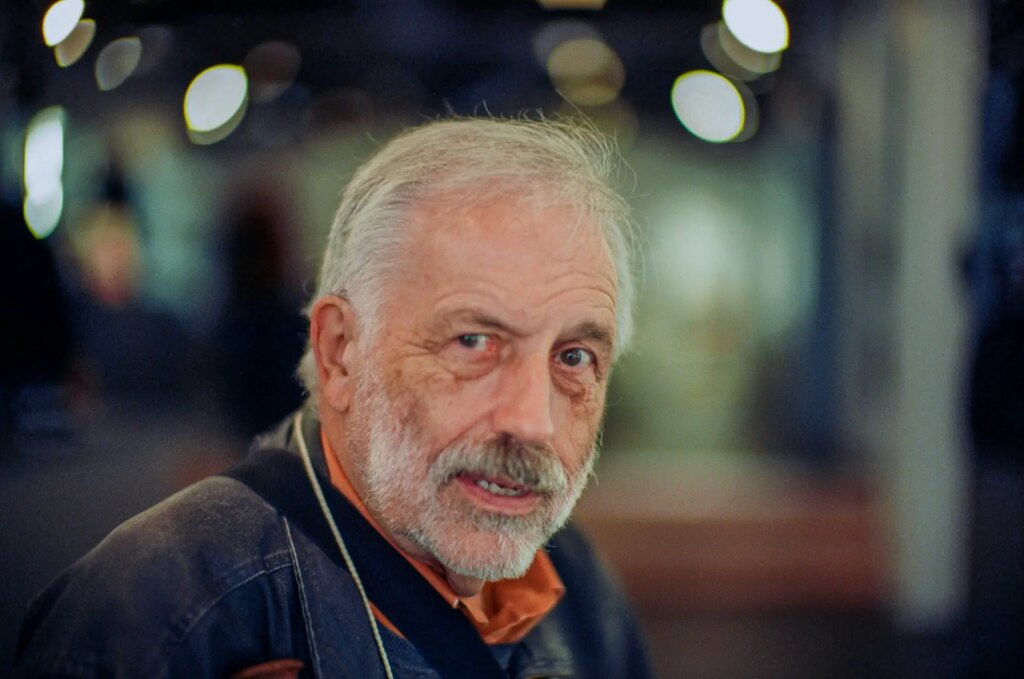
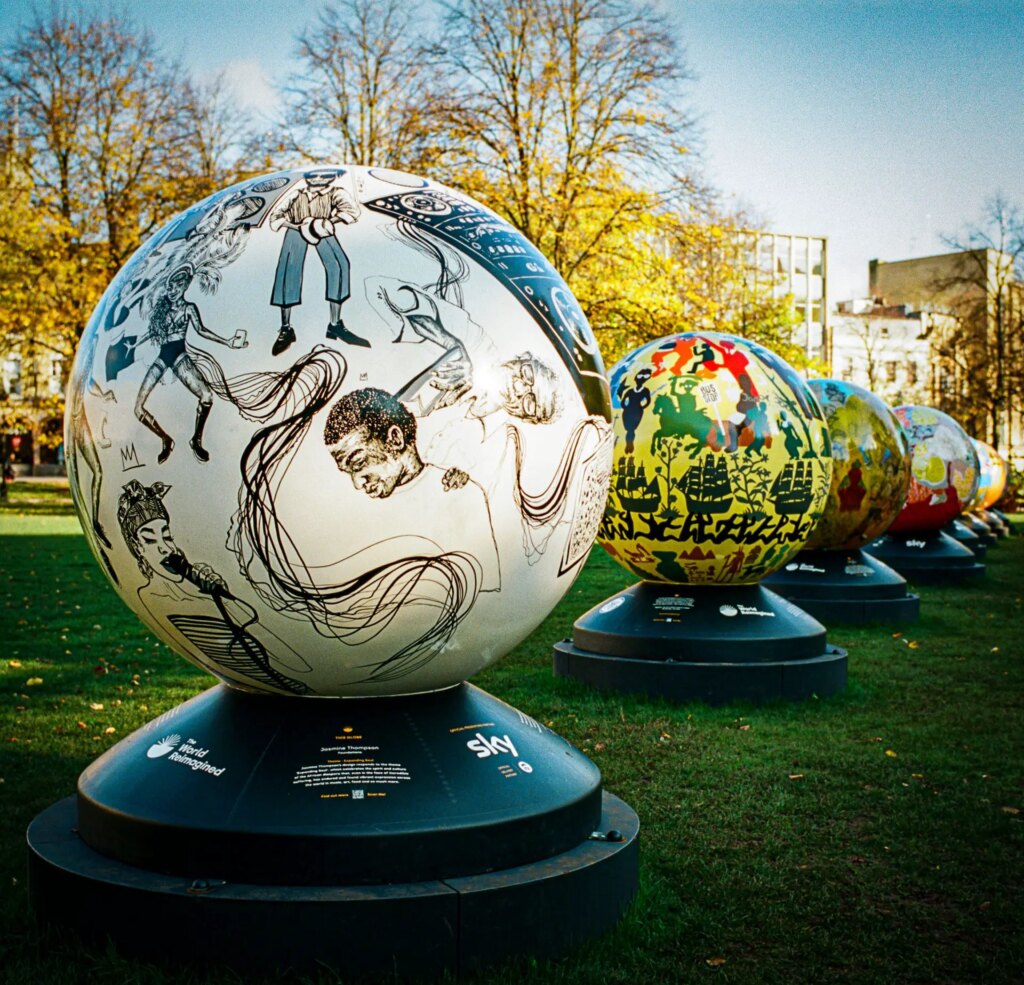
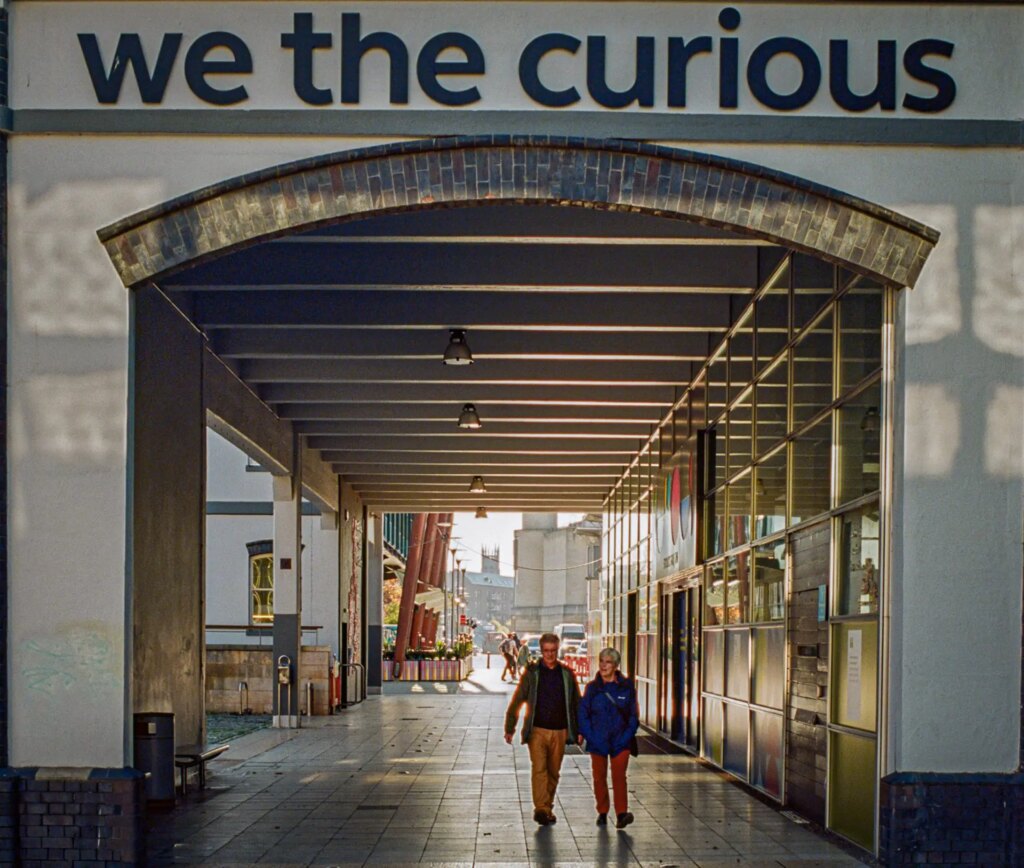
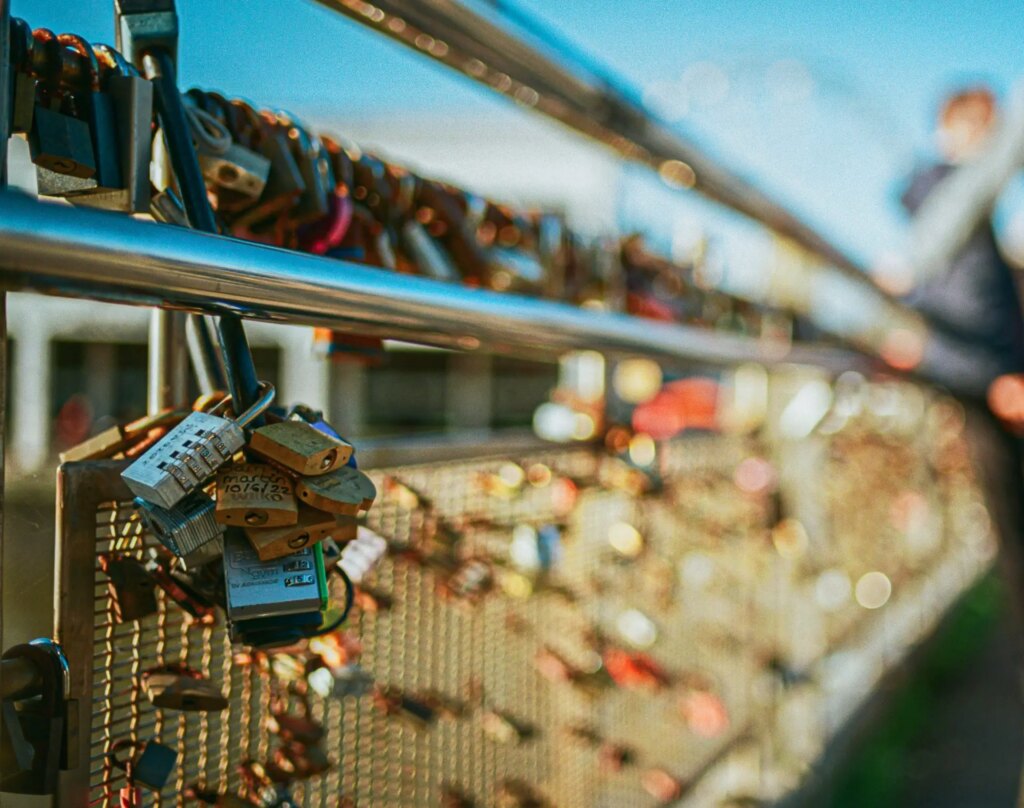
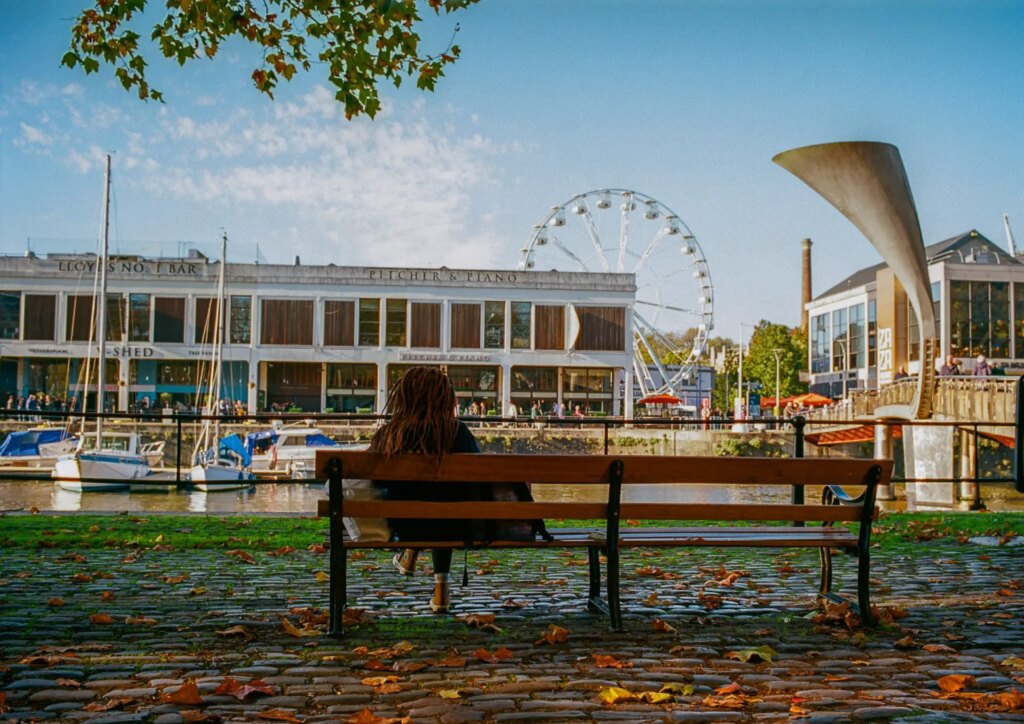
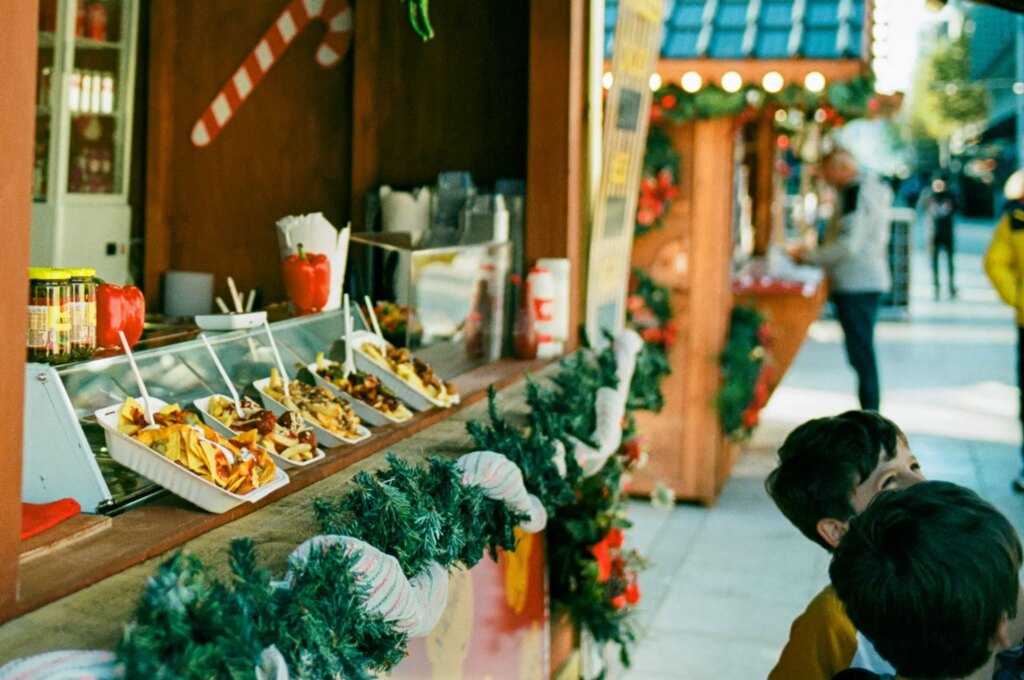
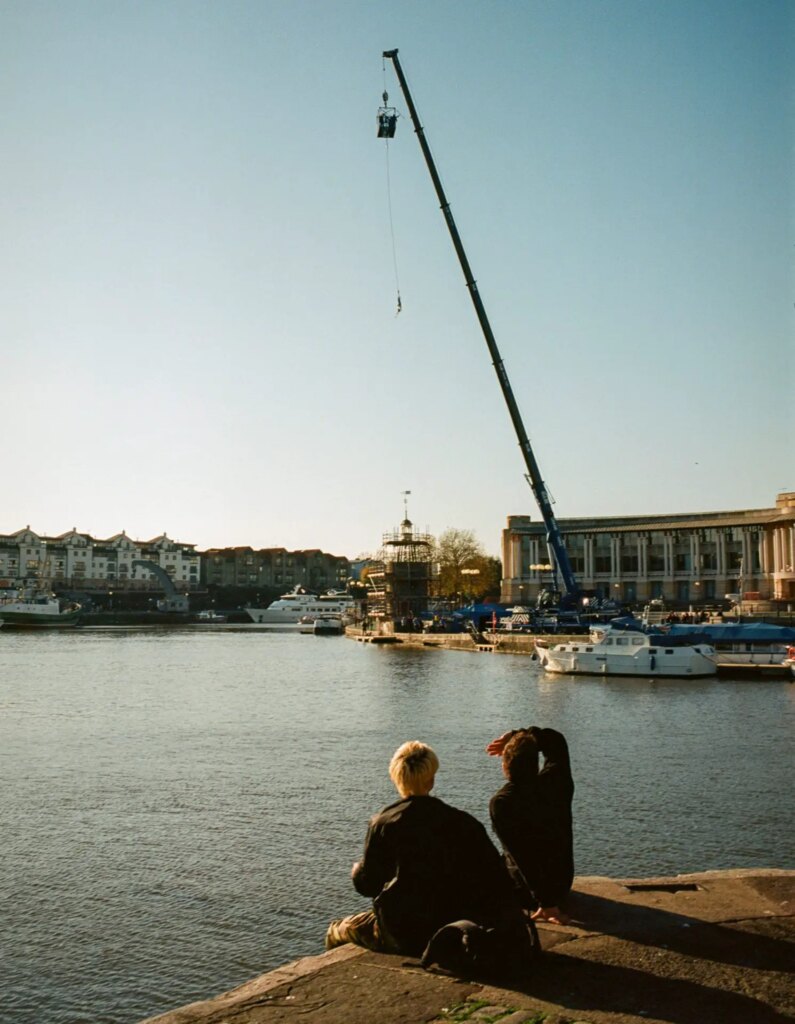
Leica iiic images – Portra 400
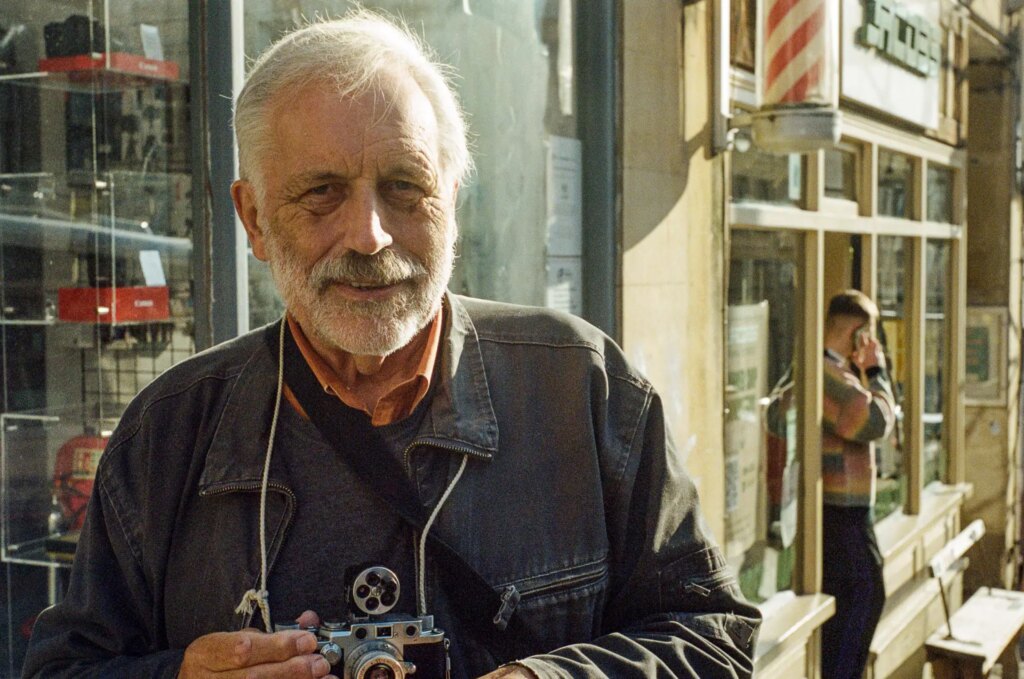
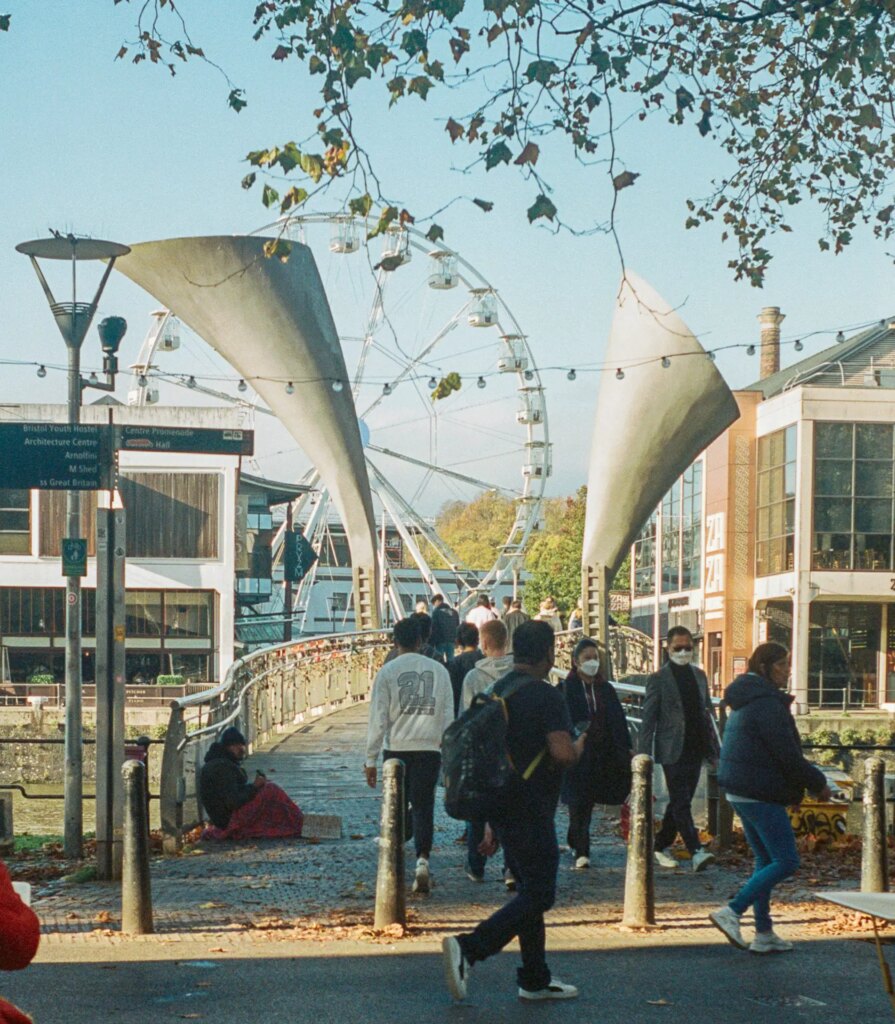
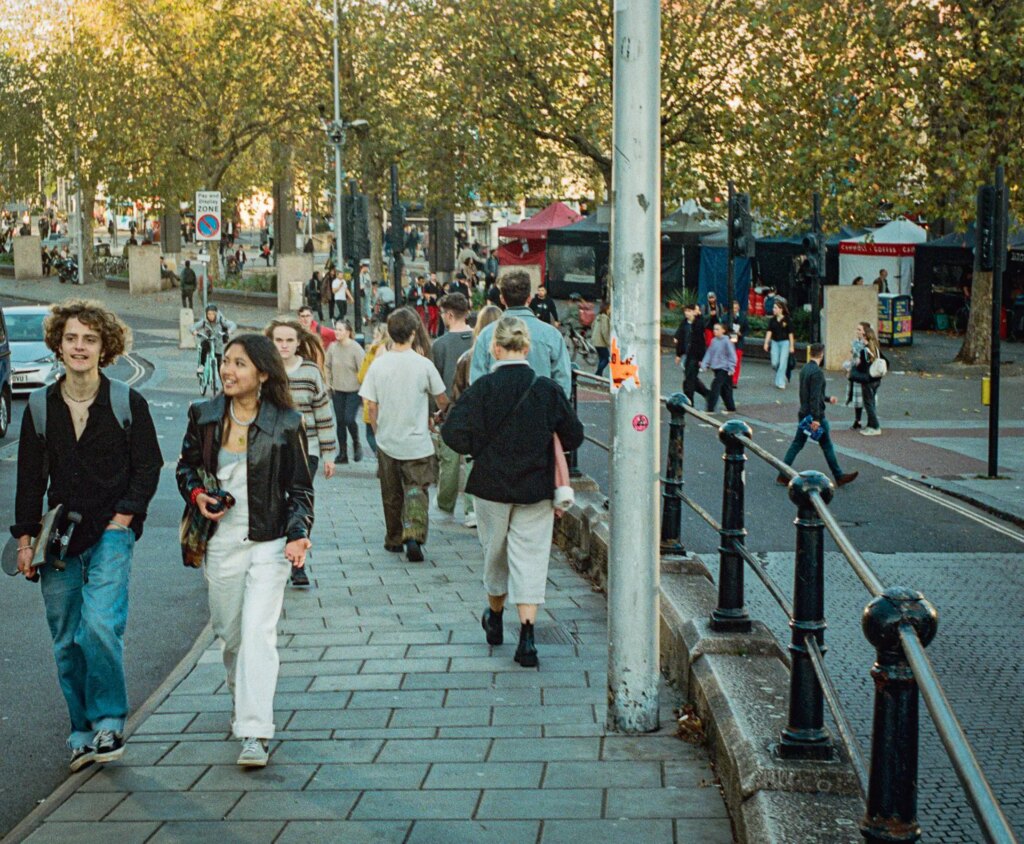
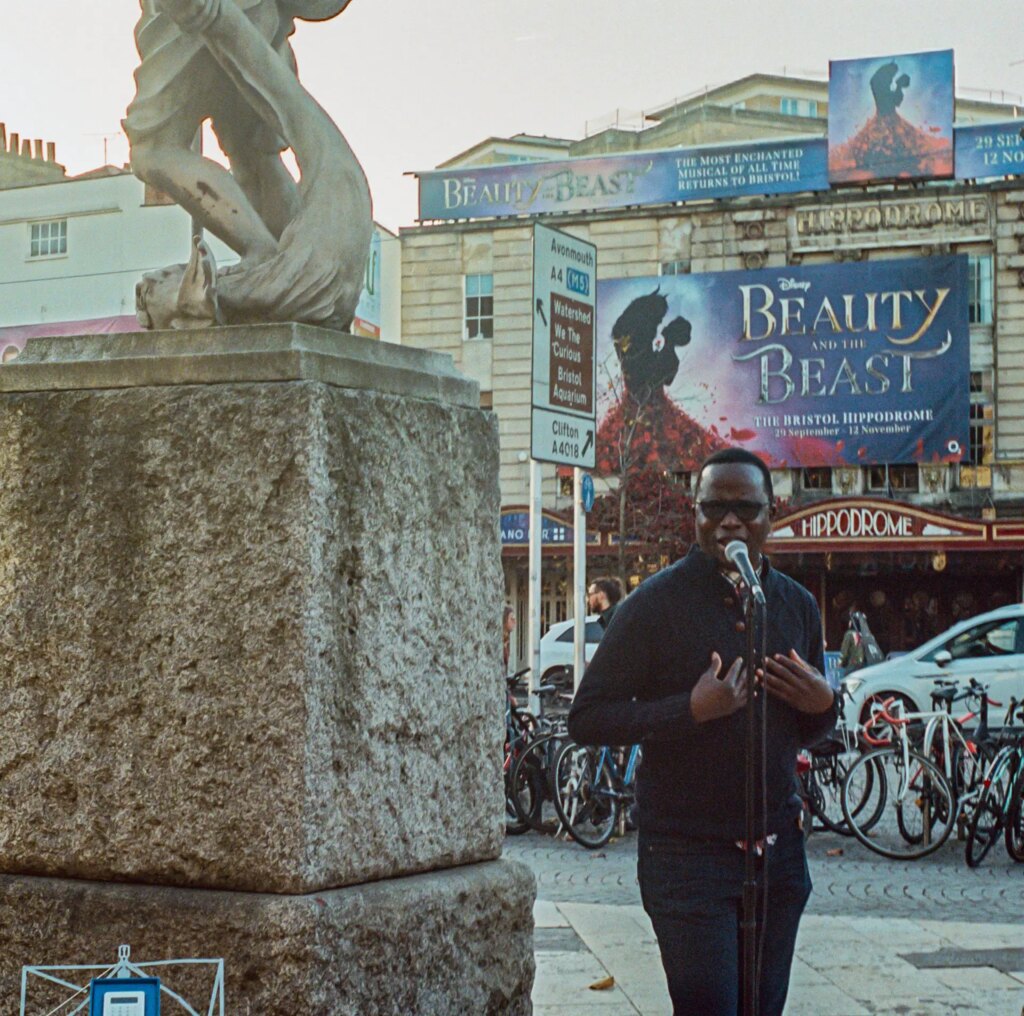
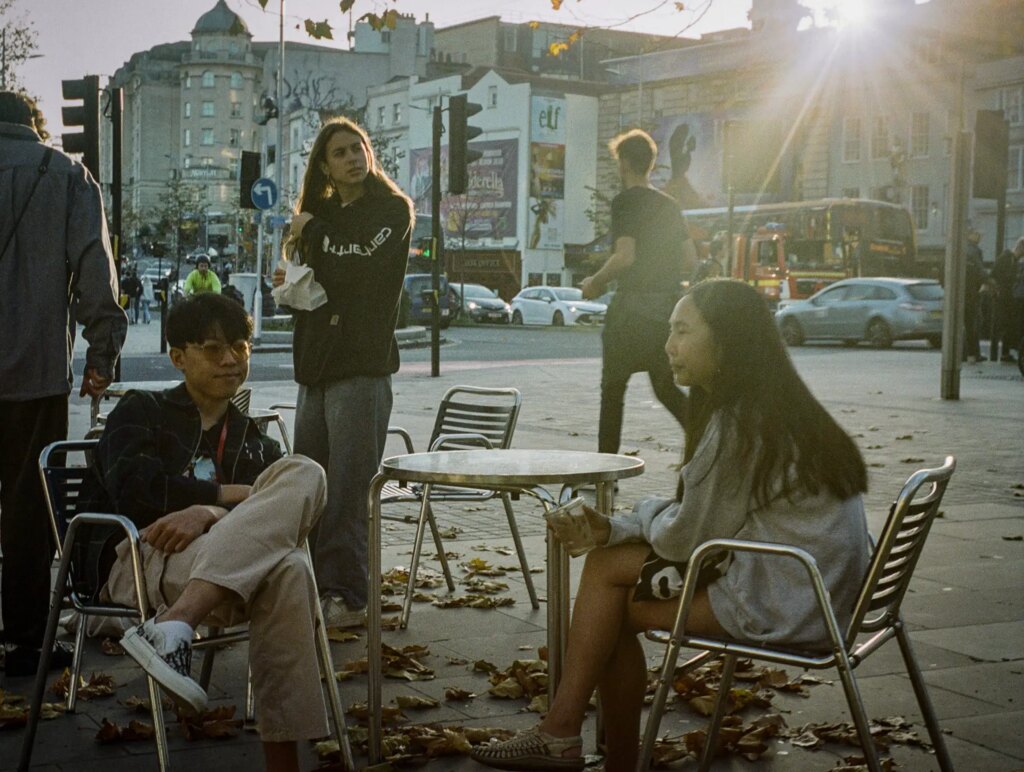
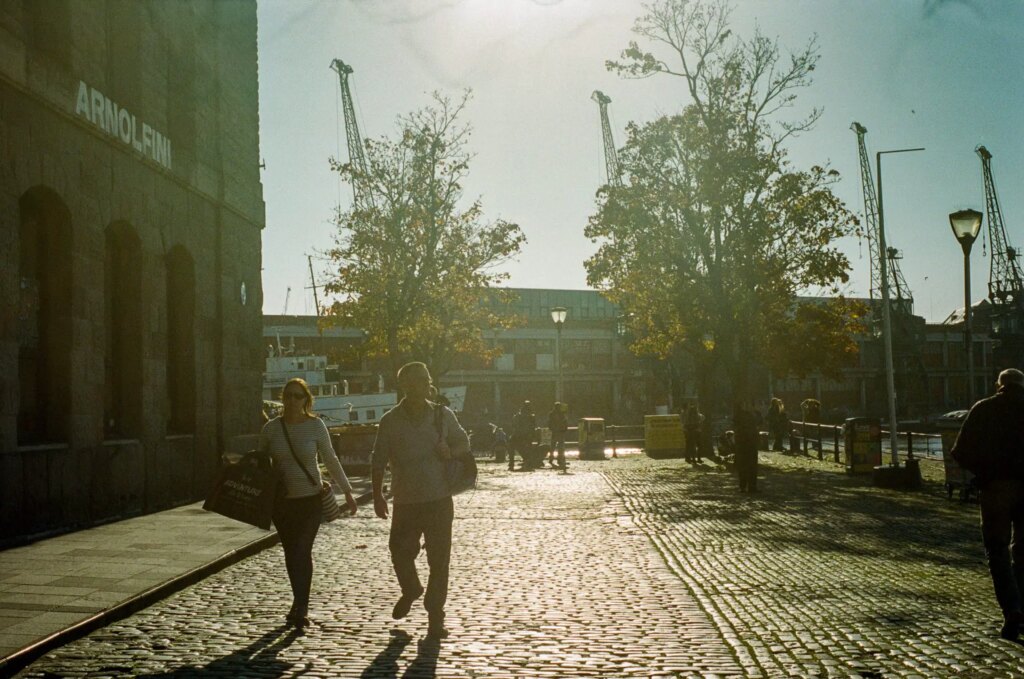
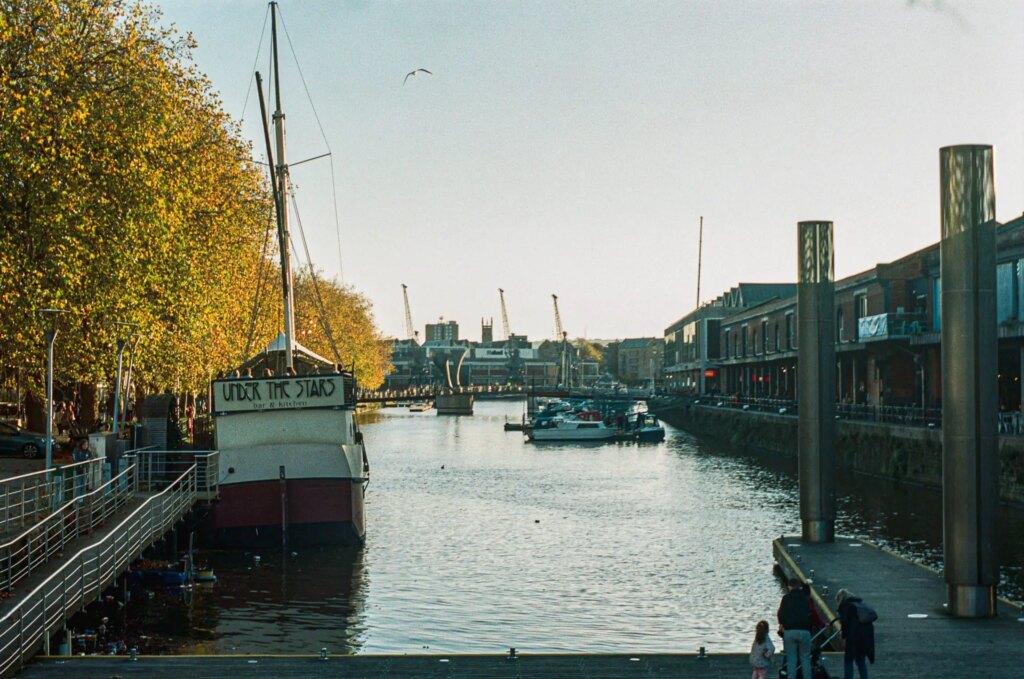
Film Sunday – Head to the beach
On Sunday, I had a few shots left on the iiic and wanted to get the films (all three of them) off to SilverPan Film lab for processing, first thing on Monday morning. So, a trip to Weston-Super-Mare to see the ‘See Monster’ and take a walk on the cold / wet beach. British beaches make for great photo locations at any time of the year and have previously provided me with much inspiration for project work.
I didn’t have much film left, so wasn’t able to take many shots with the iiic, but I got a few.
Leica iiic images – Kodak Portra 400 / 5cm f3.5 Elmar
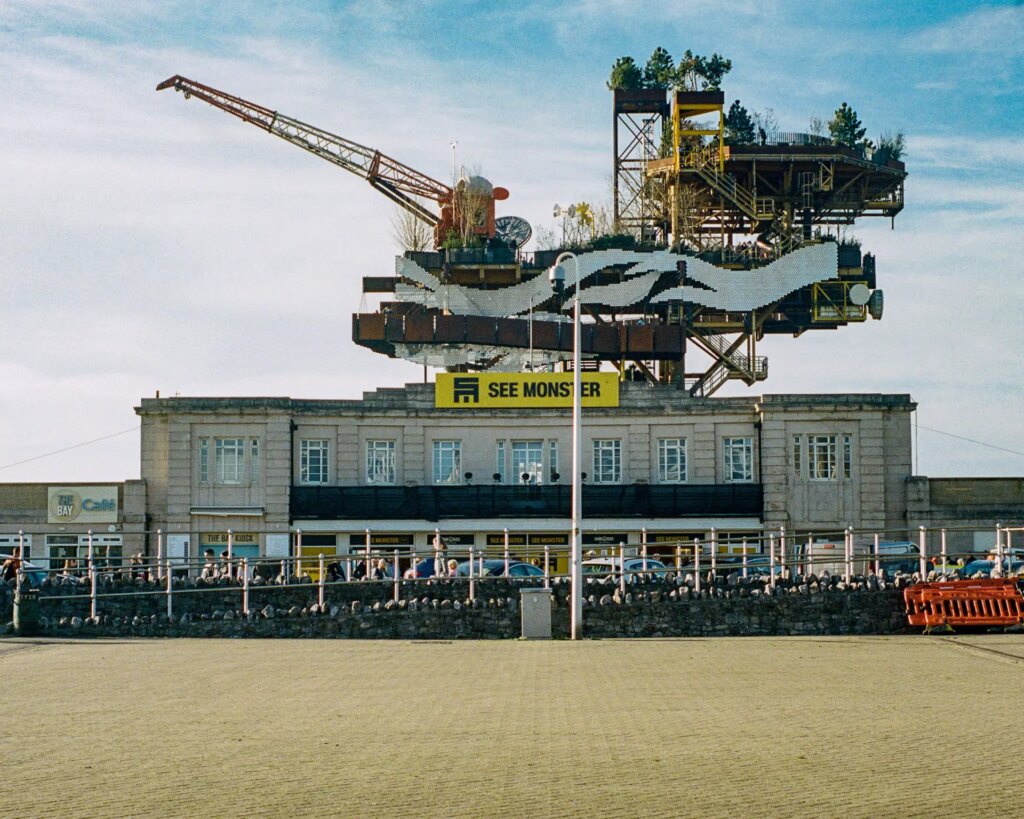
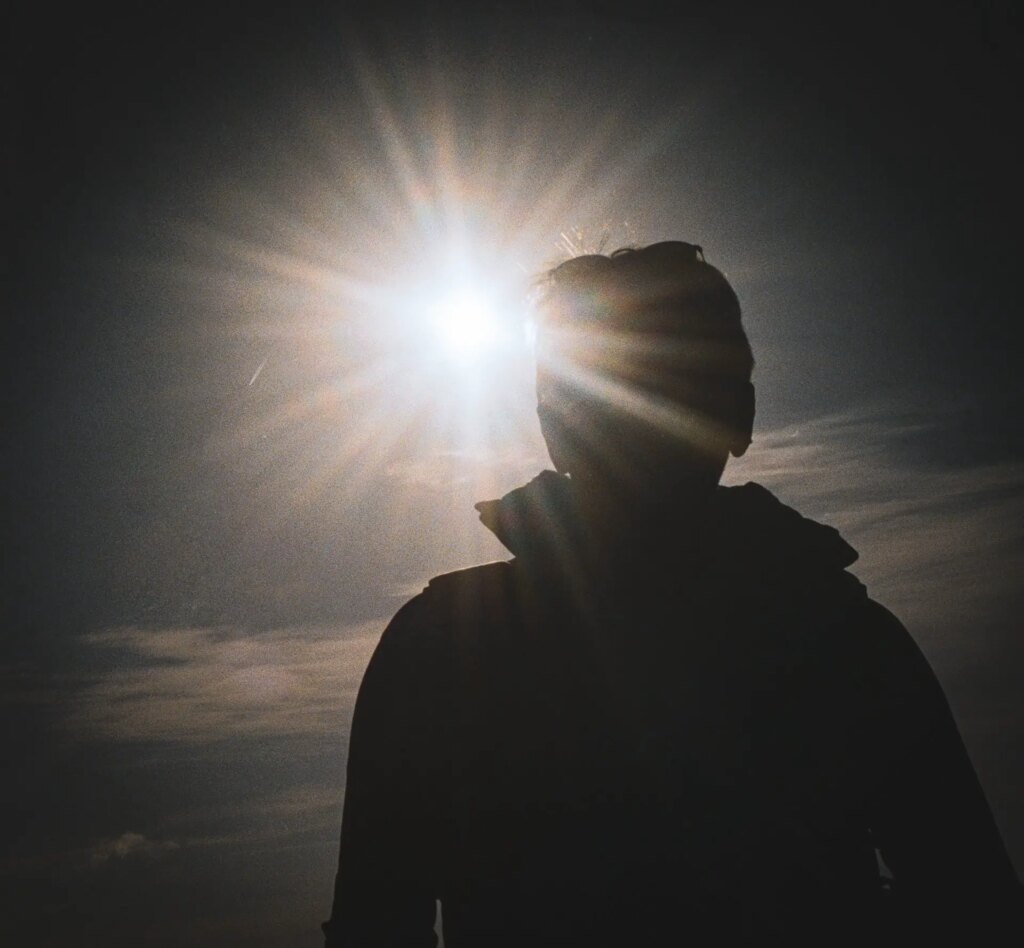
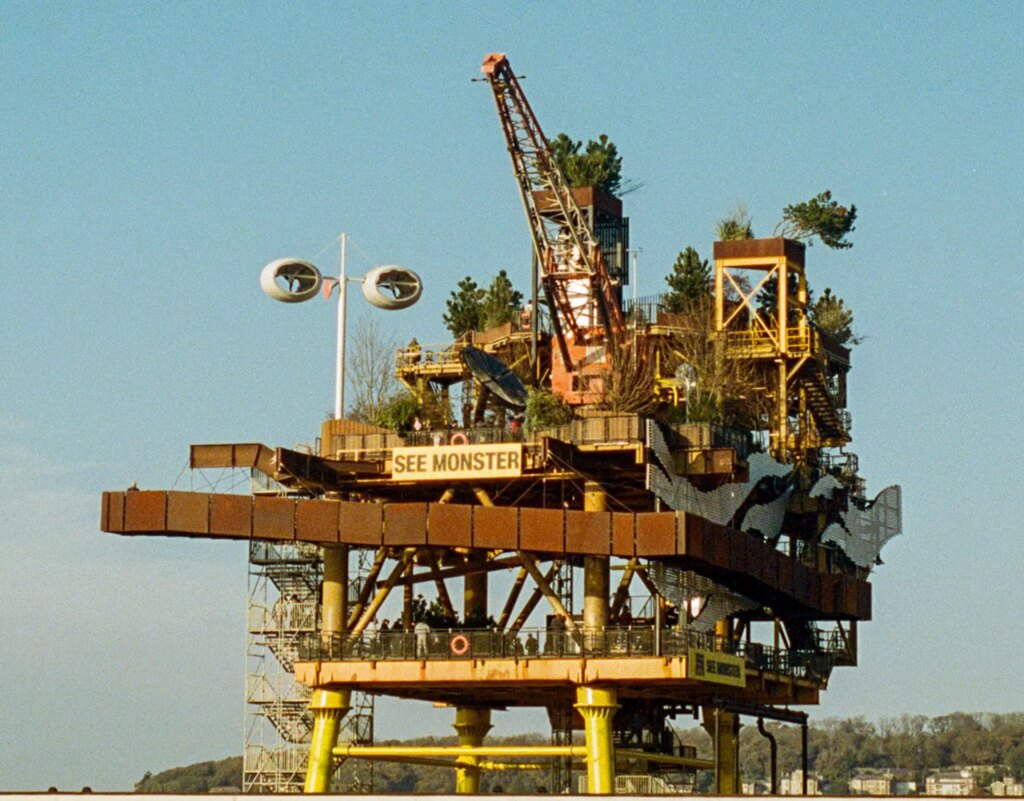
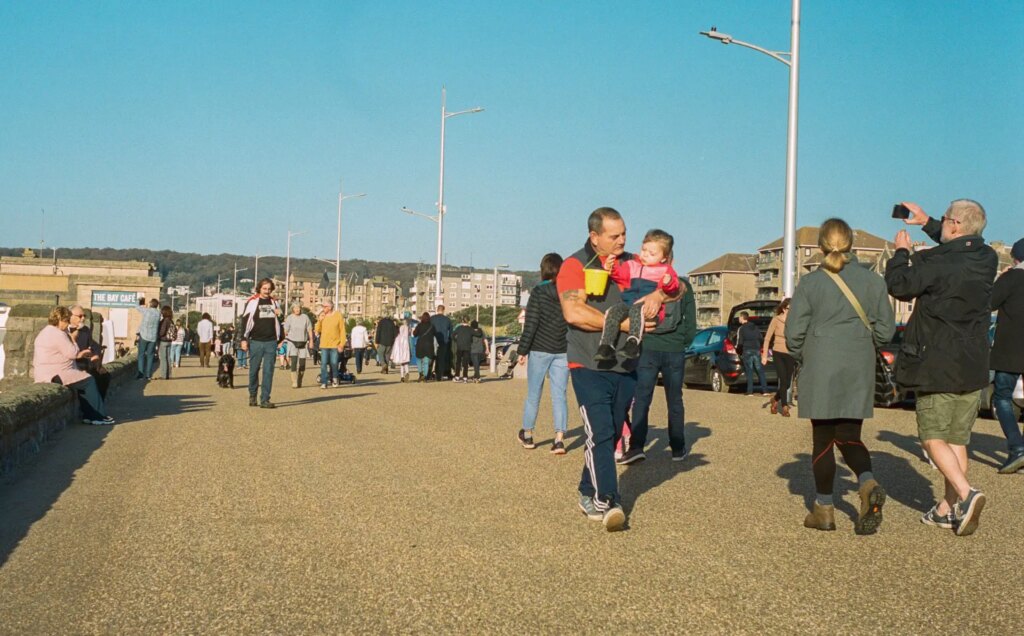
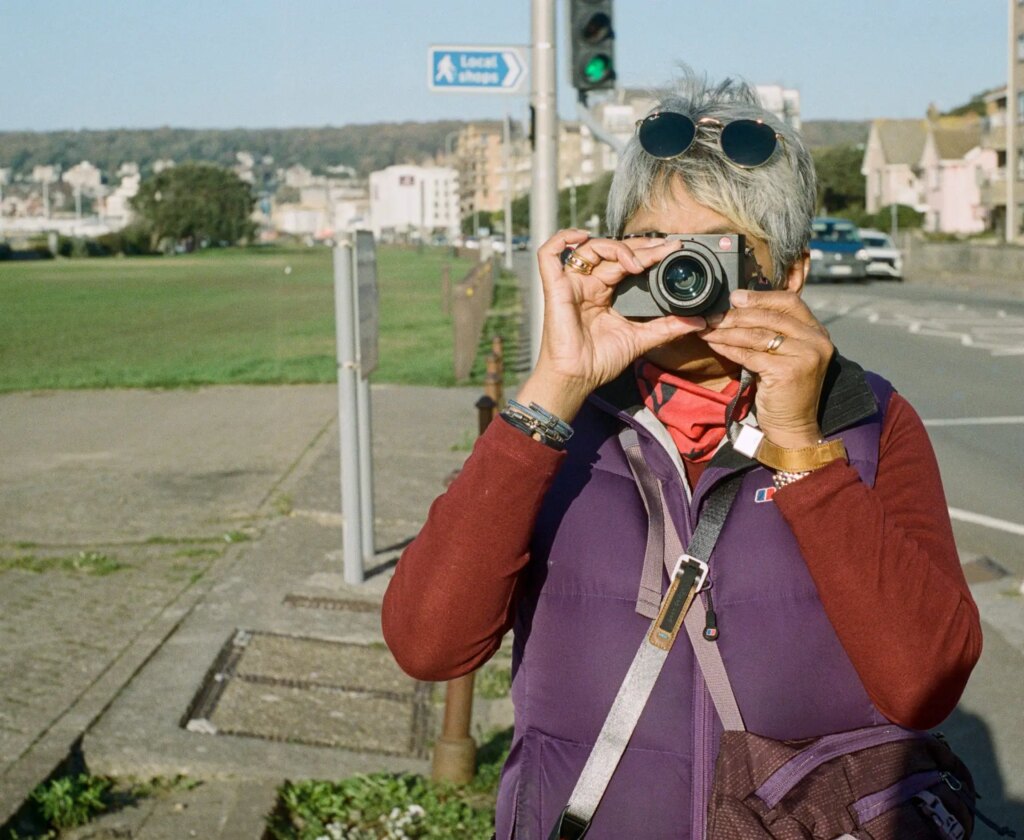
What have I learned?
I live and work in a modern world of cutting-edge technology, much of which is useful, a lot of which is a digital distraction. Life is so fast paced and moving so quickly that at times it’s very hard to slow yourself down, take stock and be properly in the moment.
Digital overload
As a photographer, I take a lot of pictures and really enjoy my mechanical cameras with manual focus lenses. However, as I mostly shoot digital, I get the instant gratification of seeing the results straight away. Nice as this is, it’s also digital overload. It invariably puts me in the digital dark room (in front of my computer) for hours on end as I process and tweak my images. Just what I don’t need on top of a working day.
Photography is how I relax, it’s what I enjoy. Work is what I do to pay the bills. I enjoy it but I spend far too much time in front of a computer. Since the Pandemic, I have to do many more video conferences as well, adding further to the ‘screen time’.
The bits I enjoy
The bit I really enjoy about photography, is taking and composing images, being out and about, taking it all in, through my lens and recording the moments.
I like to learn new things and find ways to improve my enjoyment of photography. Film makes you consider every shot because it’s relatively expensive and you only get 24 or 36 images on a roll of 35mm film which I don’t tend to waste.
This exercise taught me a few things which I will endeavour to learn from and change my approach for the better.
Frustration
I am regularly frustrated with film in that I load up a roll (randomly) and then use part of it, parking the camera for ‘next time’ which may be several months away. This maybe because the film isn’t any good for what I want to shoot next, or because I didn’t really think about what I was going to shoot before heading out. This is a very bad habit and usually leads to more frustration down the line.
I dropped my films into SilverPan Film Lab in Bristol first thing Monday morning as planned. Duncan is a really nice guy and does a great job. For the first time ever due to usual lack of time, I asked for digital scans as well as developed negatives. Normally I would do all my own scanning but it takes several hours to complete and I have to plan for when I’m going to be in the right place for long enough to do it.
Lessons learned
My first lesson here is to go out with a roll loaded specifically for the occasion and light conditions and finish it by the end of the day or at least by the end of the shoot. My film camera should be empty unless I’m using it right?
Secondly, the films were processed straight away and I had my TIFF scans soon after I got back from dropping them off which was amazing. A short while later I loaded the images into Lightroom for some quick tweaks. I decided to leave the colours pretty much as they came out to show off the film character rather than apply my preferred style that I would normally process my digital images to.
New workflow
With Duncan doing the scans, I re-discovered a new love of shooting film and found a way to take the pain out of scanning the negs and cleaning up the images. This new approach, despite costing a bit more money, saves me a lot of time and allows me to enjoy the images much sooner but with sufficient delay to make it still feel worthwhile but with a reasonably quick gratification of my work.
No Excuses
With a new workflow and rules about choosing the right film and using it up each time, I’ve no excuse not to shoot more film. I’m not big on new-year resolutions, but I’m going to try and shoot film every month after this little project. I’ve already been thinking up some new projects.
To see more images from this series, or read more about my projects, take a look at my website
Share this post:
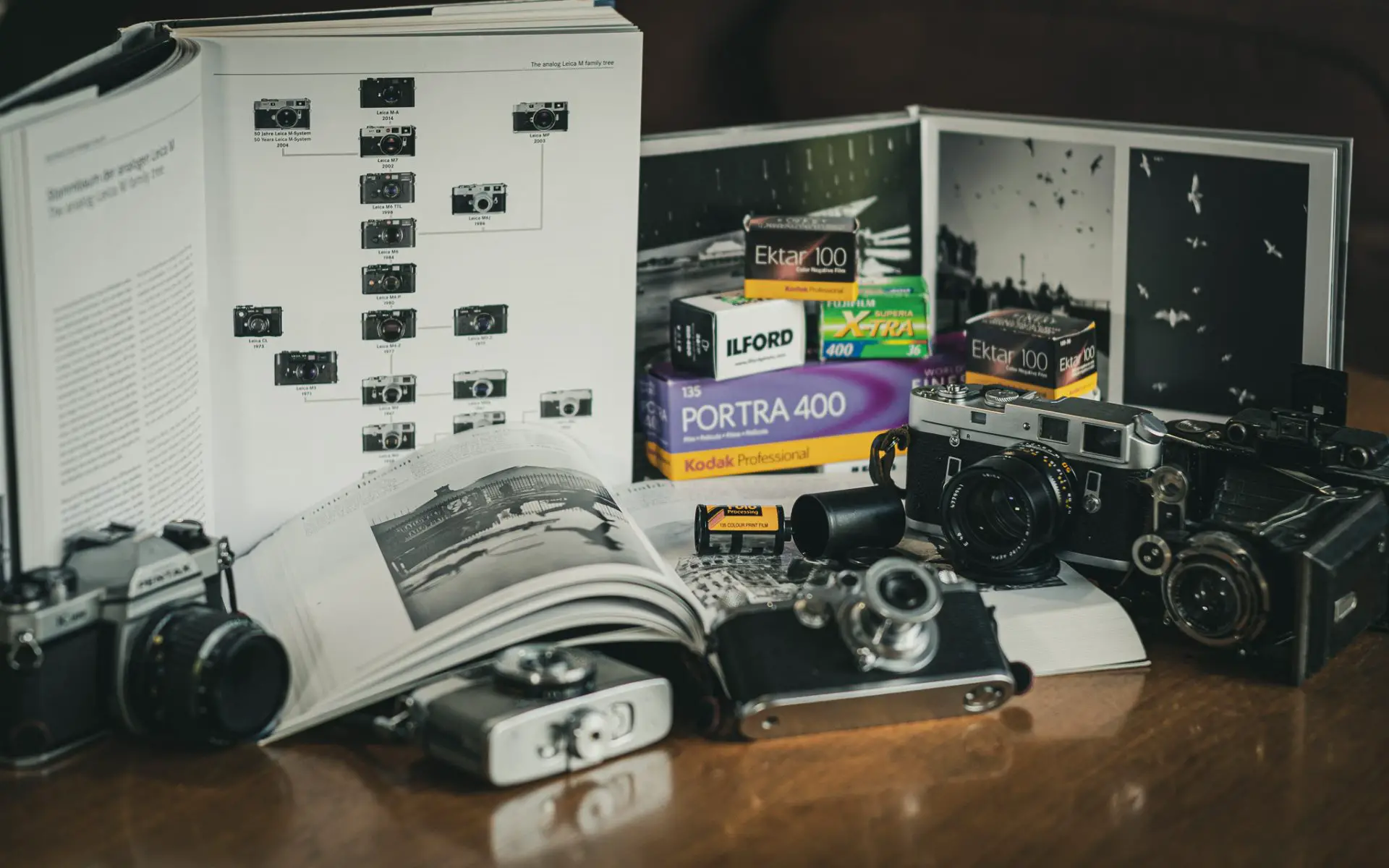








Comments
Marcus on Film Friday, Saturday and Sunday – By Röd White
Comment posted: 08/03/2023
Leica is the preferred camera of choice for the Royalty.
The late queen Elizabeth, used to sport one.
Thank you for a trip down memory lane, all sots indicate how accurate the rangefinder focussing is (the vernier acuity of the eye is better than gauging focus on microprism)
Comment posted: 08/03/2023
Aklan Simpson on Film Friday, Saturday and Sunday – By Röd White
Comment posted: 09/03/2023
Comment posted: 09/03/2023